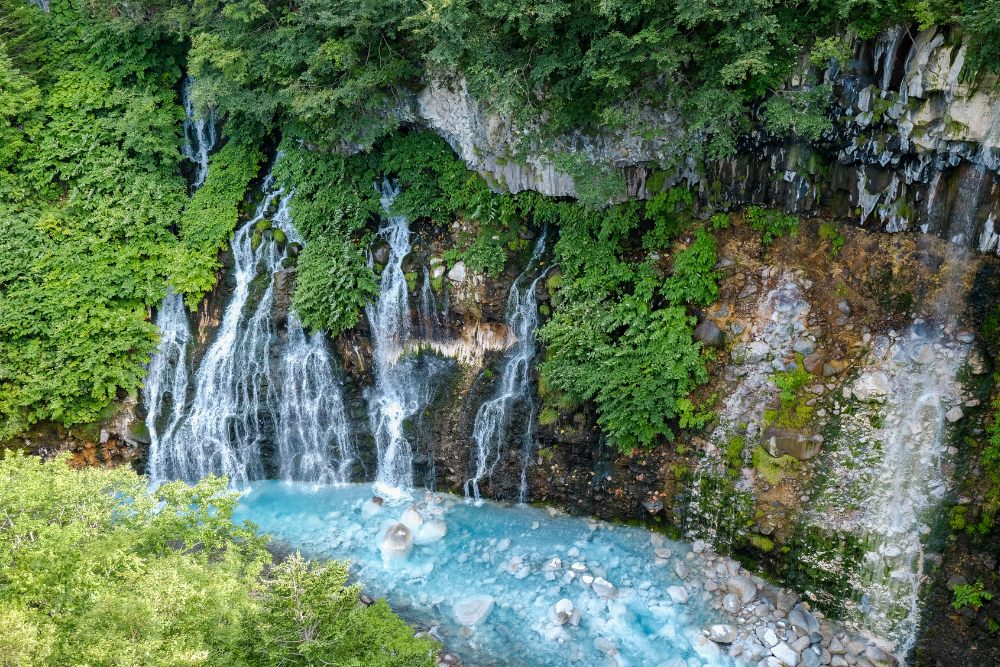Japan’s natural beauty extends beyond its famous cherry blossoms and serene gardens. The country is home to stunning waterfalls, each with its own unique charm, cultural significance, and breathtaking scenery. From cascading giants hidden deep in ancient forests to mystical falls linked to Japanese folklore, these waterfalls offer unforgettable experiences for nature lovers, hikers, and photographers.
Here’s a guide to Japan’s most beautiful waterfalls and where to find them.
1. Nachi Falls (Wakayama) – Japan’s Tallest Single-Drop Waterfall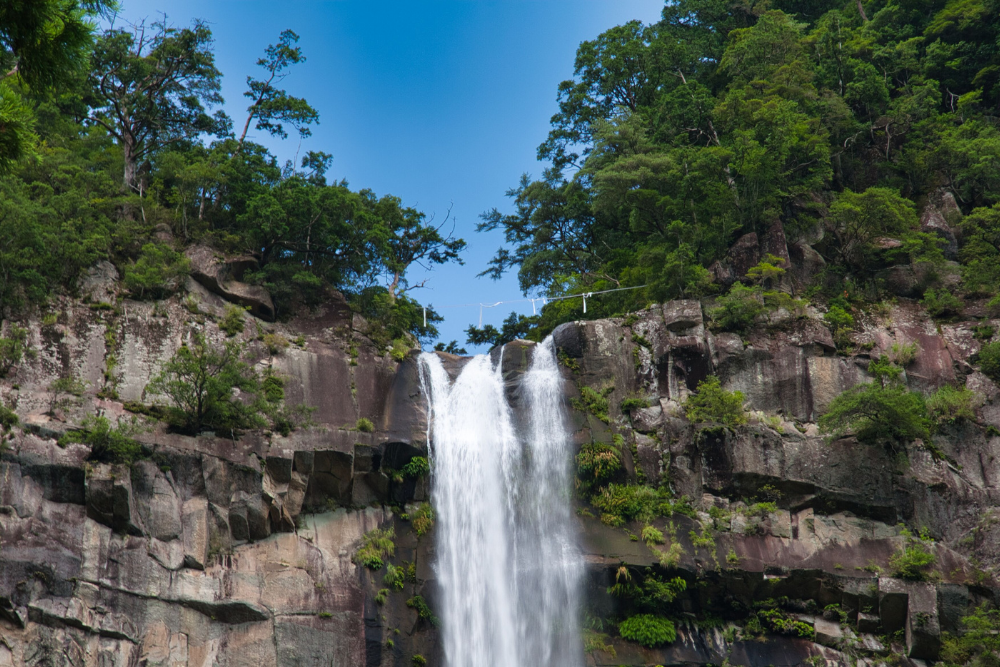
Overview
With a height of 133 meters (436 feet), Nachi Falls (Nachi-no-Taki) is Japan’s tallest single uninterrupted waterfall. It is deeply tied to Shinto and Buddhist traditions, standing near the sacred Kumano Nachi Taisha Shrine.
Why Visit?
- One of Japan’s most iconic and photogenic waterfalls, with the stunning three-story pagoda of Seiganto-ji Temple in the foreground.
- Believed to have spiritual cleansing powers, attracting pilgrims for centuries.
- Located in the Kumano Kodo, a UNESCO-listed pilgrimage trail.
How to Get There:
- From Osaka or Kyoto, take a train to Kii-Katsuura Station, then a 30-minute bus ride to Nachi Falls.
Best Time to Visit: Year-round, but especially beautiful in autumn when surrounded by red maple leaves.
2. Shiraito Falls (Shizuoka) – A Curtain of Silk-Like Streams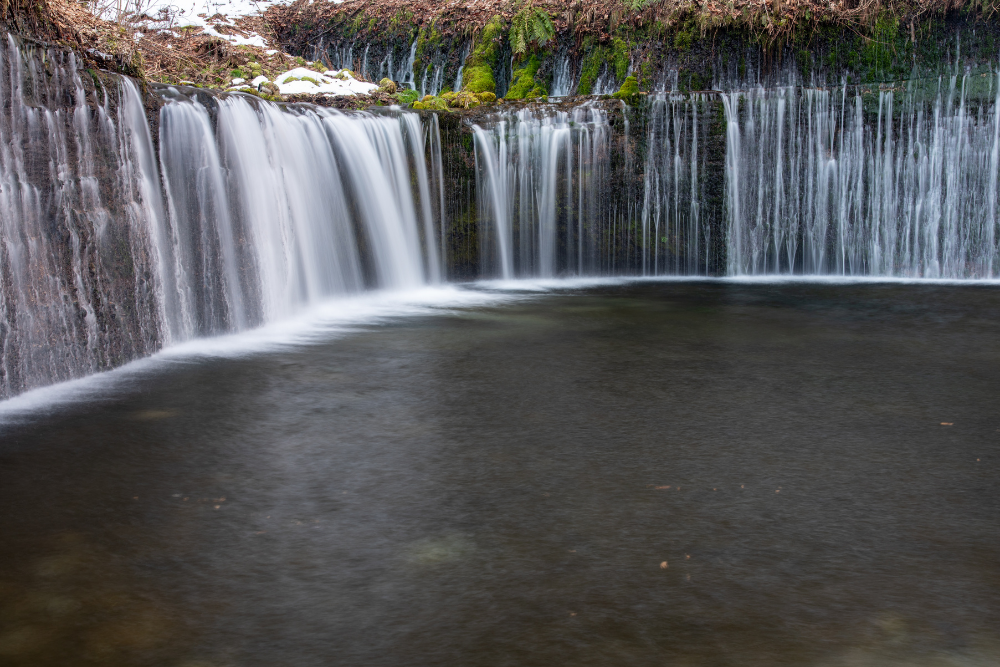
Overview
Shiraito Falls, located near Mount Fuji, is named after its resemblance to thin silk threads. Water flows gently from a 20-meter-high, 150-meter-wide rock face, creating a serene, dreamlike scene.
Why Visit?
- One of Japan’s most graceful and unique waterfalls.
- Easy access from Fujinomiya City, making it a great stop on a Fuji itinerary.
- Recognized as a national scenic site and part of the Fuji-Hakone-Izu National Park.
How to Get There:
- From Tokyo, take the Shinkansen to Shin-Fuji Station, then a bus to Shiraito Falls.
Best Time to Visit: Spring for lush greenery, summer for refreshing cool mist, and autumn for stunning foliage.
3. Kegon Falls (Tochigi) – Nikko’s Majestic Waterfall
Overview
Standing at 97 meters (318 feet), Kegon Falls is the most famous waterfall in Nikko National Park. Fed by Lake Chuzenji, it is surrounded by cliffs, offering breathtaking views.
Why Visit?
- One of Japan’s Three Great Waterfalls (along with Nachi Falls and Fukuroda Falls).
- Best viewed from the observation platform or from the base via an elevator.
- Stunning in autumn, when the surrounding forests explode in vibrant red and gold hues.
How to Get There:
- From Tokyo, take the Tobu Railway to Nikko, then a bus to Chuzenji Onsen.
Best Time to Visit: Autumn for fall colors, winter for a frozen waterfall scene.
4. Fukuroda Falls (Ibaraki) – The Four-Tiered Wonder
Overview
Located in Daigo Town, Ibaraki Prefecture, Fukuroda Falls is known for its unique four-tiered flow. The water cascades down 120 meters, creating a beautiful stepped effect.
Why Visit?
- Changes dramatically with the seasons—lush green in summer, colorful in autumn, frozen in winter.
- Easy access via a walking tunnel with multiple viewing points.
- One of Japan’s Three Great Waterfalls.
How to Get There:
- From Tokyo, take a train to Mito Station, then a bus to Fukuroda Falls.
Best Time to Visit: Winter, when the falls freeze into stunning ice formations.
5. Ryuzu Falls (Tochigi) – The Dragon’s Head Waterfall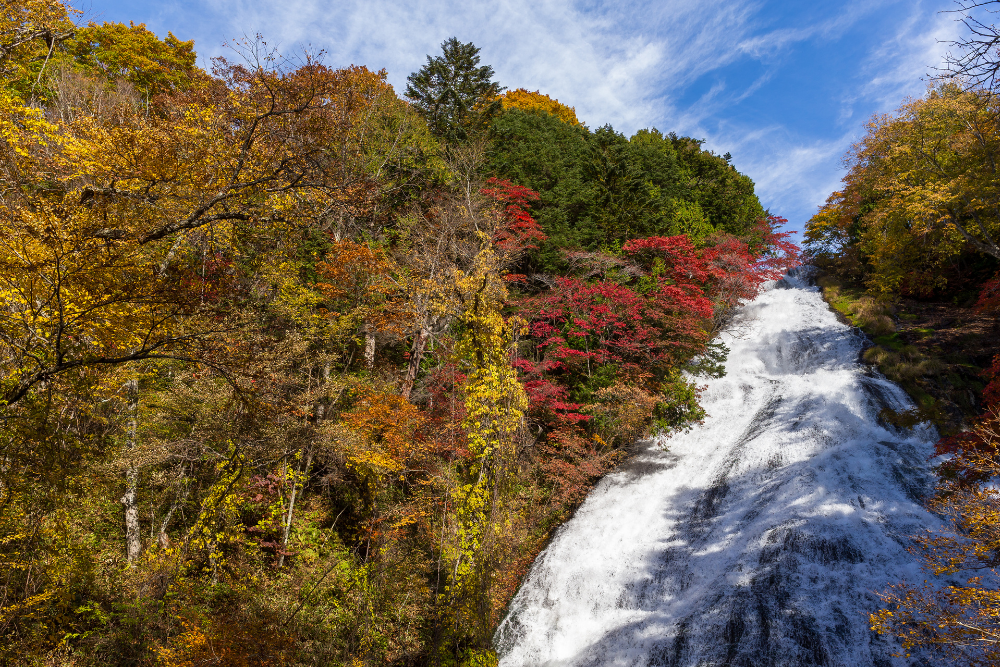
Overview
Located in Nikko National Park, Ryuzu Falls (meaning “Dragon’s Head Waterfall”) gets its name from the shape of the rushing water, which resembles a dragon’s head.
Why Visit?
- A must-see spot during autumn, when the surrounding maple trees turn fiery red.
- Less crowded than Kegon Falls, offering a peaceful setting.
- Features a small tea house with panoramic waterfall views.
How to Get There:
- From Tokyo, take a train to Nikko, then a bus to Ryuzu Falls.
Best Time to Visit: Autumn, for the best fall foliage views in Nikko.
6. Hossawa Falls (Tokyo) – A Hidden Gem Near the City
Overview
Just 90 minutes from central Tokyo, Hossawa Falls in Okutama offers a peaceful escape into nature. At 60 meters high, it is one of the most scenic waterfalls near the capital.
Why Visit?
- A great day-trip option from Tokyo.
- A short, scenic hike through forested trails leads to the falls.
- Surrounded by serene, moss-covered rocks, making it a photographer’s dream.
How to Get There:
- Take the JR Chuo Line to Hinohara, then a short hike to the falls.
Best Time to Visit: Summer for a refreshing retreat from Tokyo’s heat.
7. Sandanbeki Waterfalls (Wakayama) – The Waterfalls of the Cliffs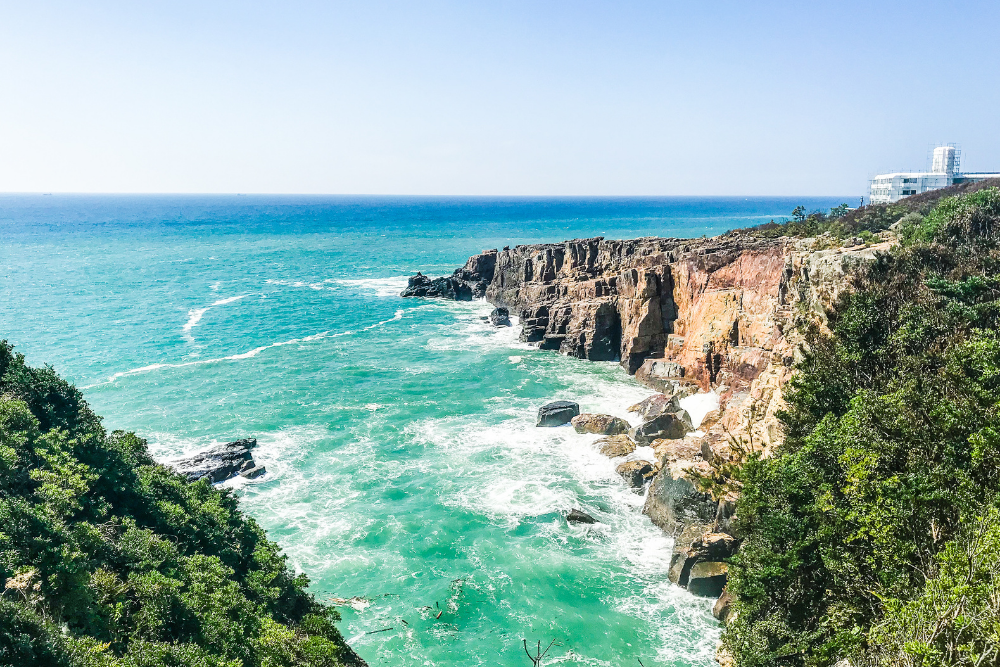
Overview
Unlike the forested waterfalls of central Japan, Sandanbeki Falls is carved into dramatic coastal cliffs in Wakayama. The waterfalls drop straight into the ocean, creating a dramatic and rare sight in Japan.
Why Visit?
- A unique waterfall-meets-ocean landscape.
- Part of Sandanbeki Cave, a legendary hideout for samurai pirates.
- Easily combined with a visit to Shirahama Beach.
How to Get There:
- From Osaka, take a train to Shirahama, then a bus to Sandanbeki Cliffs.
Best Time to Visit: Spring and summer for clear skies and ocean views.
Conclusion
Japan’s waterfalls are diverse, breathtaking, and culturally significant. Whether you’re exploring the sacred Nachi Falls, standing before the silken streams of Shiraito Falls, or hiking through the autumnal beauty of Nikko, each waterfall offers a unique natural experience.
Which waterfall would you love to visit first?



